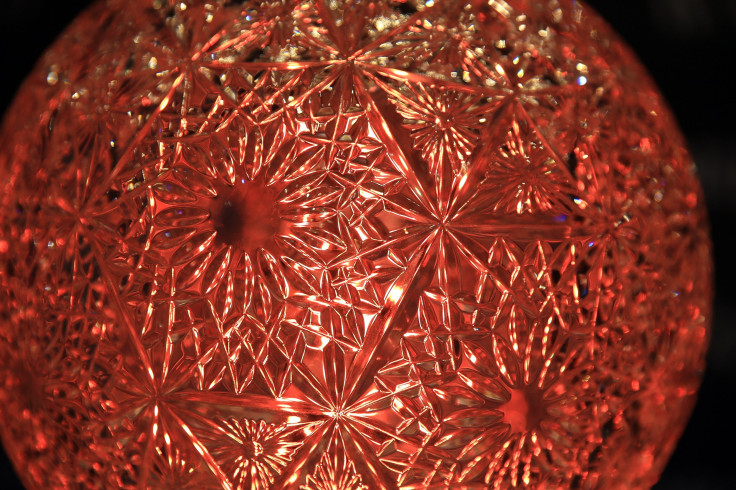Why Do They Call It Times Square? 6 Facts About The Ball Drop And NYC's New Year's Eve Celebration

The first ball to be dropped at Times Square on New Year's Eve was a sphere five feet in diameter, fashioned from iron and wood and decked with 100 light bulbs. It weighed 700 pounds and was lowered from the flagpole at One Times Square at midnight Dec. 31, 1907. More than 100 years later, the ball drop at Times Square has become a time-honored tradition, one that draws an estimated million attendees every year, and the rustic sphere is now literally a crystal ball. Here are six facts to know about the history of the Times Square New Year's Eve ball drop.
1. The first ball was designed by Jacob Starr, a metalworker and an immigrant whose company, Artkraft Strauss, actually lowered the ball. The 700-pound wood and iron ball was used until 1920, when it was replaced with a 400-pound version that was made solely of wrought iron, according to the official Times Square website.
2. There was no lowering of the ball on New Year's Eve in 1942 and 1943, because of wartime dimouts.
3. The second version of the New Year's Eve ball was supplanted in 1955, when a new sphere, made of aluminum and weighing 150 pounds, supplanted it. That aluminum version was used until the 1980s, at which point it was converted into an apple, i.e. the Big Apple, replete with a green stem and red lights. During the late 1980s and throughout the 1990s it went through several other iterations, losing the red and green bulbs in favor simpler white ones, through 1998. Then, for the new millennium, everything changed.
@Waterford crystals make up a big part of the @timessquareball ! pic.twitter.com/PBe7a1VAM1
— NJTechReviews (@NJTechReviews) December 27, 2015
4. In anticipation of the year 2000, the aluminum ball was retired and a new, fully redesigned sphere introduced in its stead. Waterford Crystal and Philips Lighting teamed up to make the ball that we have come to know today, the kind with LED lights and glistening crystals. It was also a major upgrade in size; the Centennial Ball weights nearly six tons and is 12 feet in diameter. It contains 2,688 Waterford Crystal Triangles and more than 32,200 LED lights.
5. The first recorded "ball drop" for the purposes of marking the passage of time dates back to 1833, at the Royal Observatory in Greenwich, England. This ball would fall at 1 p.m. every afternoon, so that ship captains could set their navigational instruments by it.
6. Times Square is named after the New York Times, which opened its new headquarters built between Broadway and Seventh Avenue and 42nd and 43rd Streets in January 1905. Mayor George B. McClellan signed a resolution that renamed the intersection of Broadway and Seventh Avenue from Long Acre Square to Times Square in 1904. The paper helped start the New Year’s Eve spectacular.
© Copyright IBTimes 2024. All rights reserved.













